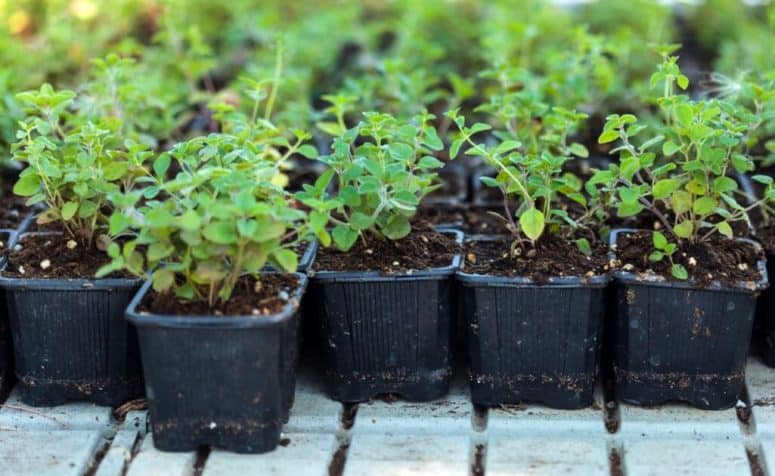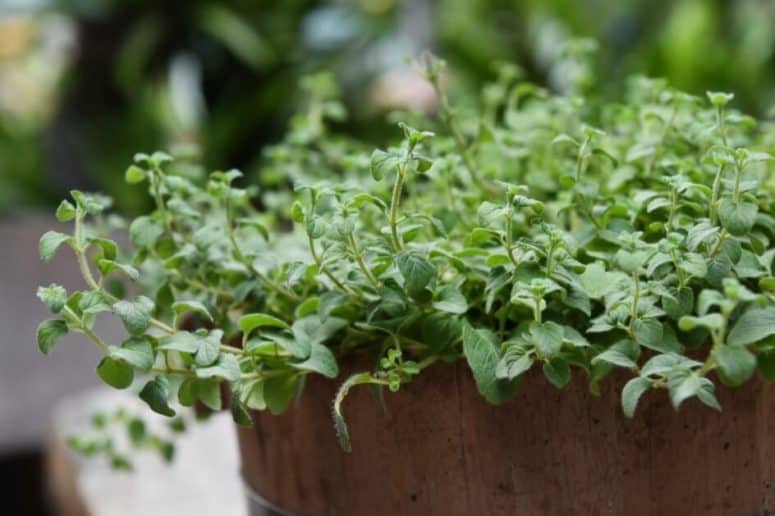If you’ve ever savored the delightful flavors of Italian cuisine, chances are you’ve encountered the distinctive taste of oregano. In this discussion, we’ll delve into the world of this remarkable herb.
Oregano, belonging to the mint family, is a highly regarded culinary herb used in various dishes. Its delicate, savory, and warm flavor adds a distinct character to any meal. While it shares similarities with thyme, oregano boasts a bolder and more robust taste.
Beyond its flavor, oregano serves as a popular spice, akin to the ubiquitous use of salt and pepper in seasoning dishes. Its slight bitterness adds a rich herbaceous essence to culinary creations. As a result, many individuals not only incorporate oregano into their cooking but also purchase and cultivate it in their own gardens.
Benefits of Oregano
Planting your own oregano is a venture worth considering due to the incredible benefits this herb provides. Whether consumed dried, fresh, or in oil form, oregano offers a range of advantages.
One notable benefit of oregano is its potential to alleviate menstrual cramps. Its antioxidants contribute to immune support by combating free radicals within the body.
Moreover, oregano possesses antibacterial and anti-cancer properties, promoting overall health when stored and consumed appropriately.
The prospect of having a beneficial and versatile herb readily available in your home is reason enough to embark on growing oregano. Not only does it save money, but it also enhances your culinary endeavors.
Fortunately, cultivating oregano poses no significant challenges, making it an ideal choice even for gardening beginners. To get started, here’s a beginner’s guide to growing oregano at home.
How to Grow Oregano

Indoor or Outdoor?

Soil

Light
Oregano is a sun-loving herb that thrives in full sun conditions. However, if you have the golden oregano variety, it can tolerate and even prefer partial shade. While full sun exposure is ideal for most oregano varieties, the golden oregano can still flourish and display its vibrant foliage in areas with some shade. So, whether you have a sunny spot or a partially shaded area in your garden, oregano can adapt and thrive accordingly.
Water
Proper watering is essential for oregano, as with most herbs. It’s crucial not to overwater your oregano plants. Allow the soil to dry out between waterings and avoid keeping the soil consistently moist. Overly moist conditions can negatively affect the flavor of oregano, resulting in less flavorful leaves. By practicing appropriate watering techniques and ensuring the soil has a chance to dry out, you can maintain the optimal flavor and quality of your oregano.
Temperature
Drying is the preferred method for using oregano, which means it requires some safeguarding in chilly conditions such as during winter. Once the ground has frozen, you can shield the leaves by placing an evergreen branch over them or by applying a thick layer of leaf mulch.
Fertilizer
Oregano isn’t quite compatible with fertilizers. Its distinct and delicate flavor is highly sensitive and can be easily altered if excessive amounts of fertilizers like compost, nitrogen, or other nutrients are applied.
Harvesting
As a tip, it’s best to harvest your oregano before it starts flowering if you want to preserve its flavor.
To harvest oregano, wait until the plants reach a height of approximately 6 inches, then cut off enough leaves as required. This practice will stimulate new growth. Use a garden clipper or scissors to snip the stems and leaves.
Troubleshooting the Pest
When it comes to pests, oregano is susceptible to spider mites and aphids. If you encounter these pests, you can address the issue by spraying them off with a forceful stream of water or using insecticidal soap.
Additionally, it’s important to be mindful of excessively wet and moist soil, as it can lead to root rot.
Conclusion
Oregano is an herb that requires well-drained soil and does not thrive in excessively moist or damp conditions. It thrives in full sunlight but can also tolerate partial shade. This applies to both the regular and golden varieties of oregano.
When it comes to fertilizing oregano, it’s important to exercise caution and avoid overdoing it. Using excessive amounts of fertilizer can potentially alter or diminish its flavor.